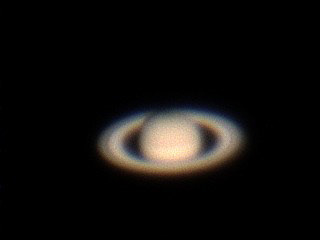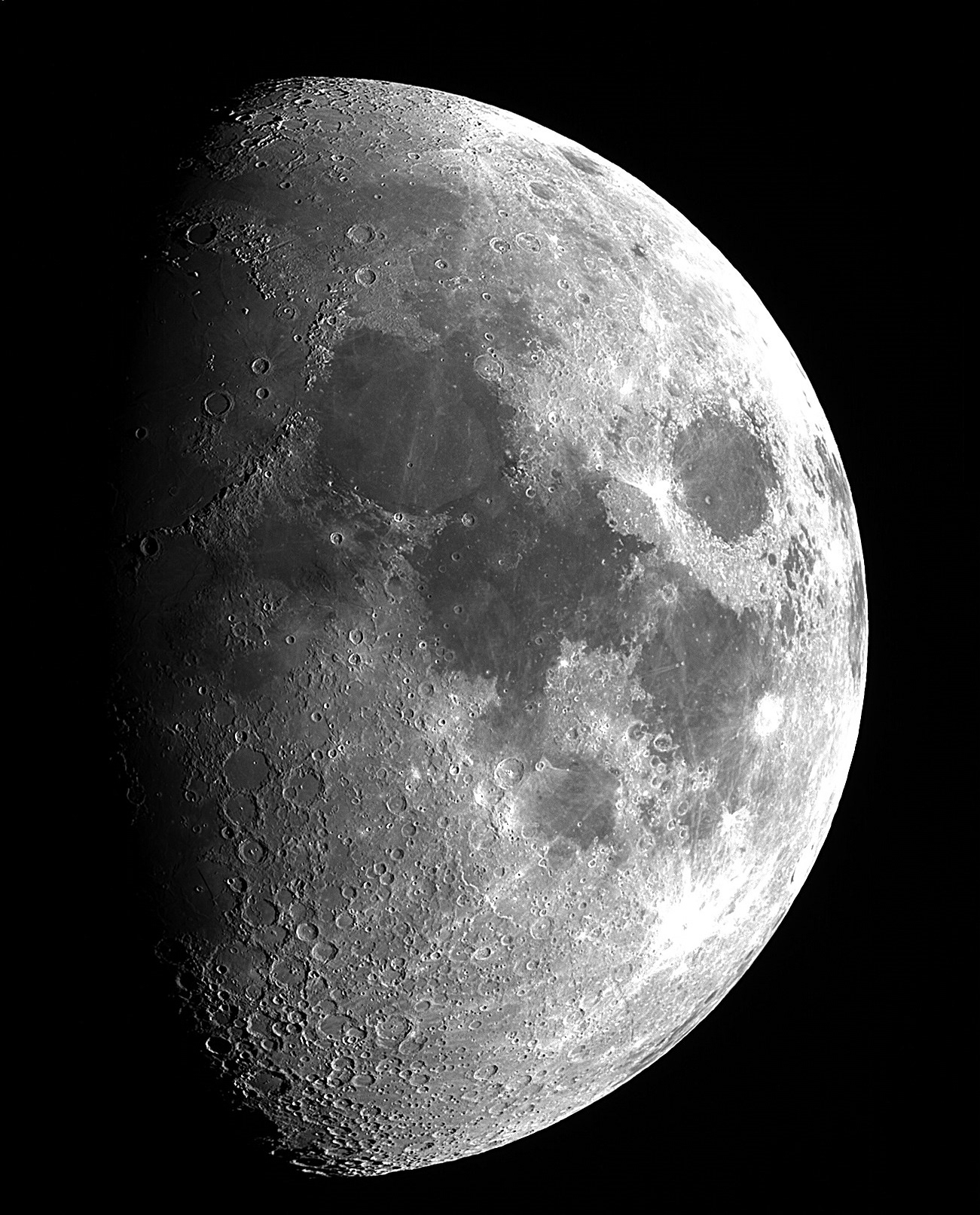Nightscape: The Milky Way photographed from Chile. Photo by Ed Ting.
By Colleen Goodhue
Ed Ting wants to teach you how to shoot the stars. A New Hampshire-based astrophotographer who spends sixty or more nights a year photographing the sky (about 80 percent of clear New England nights), he hosts the most popular telescope review site of its kind on the internet. Ed presents his photography at libraries, galleries, and schools and in 2017 the National Science Foundation even sent him on a tour of observatories in Chile as part of their Astronomy in Chile Educator Ambassadors Program. After reading countless texts on the subject, he felt that there was no totally comprehensive guide to astrophotography and so, this year, he wrote one.
Ed always wanted to be a writer, but pursued engineering due to family pressure. He’d spent thirty-odd years in a lucrative, yet unsatisfying, career before he “just snapped.” He said, “I woke up and I thought, ‘I just can't do this anymore.’ So I chucked it all and got a fine arts degree. I kind of like burned all my bridges and started my life over again.” Ed is pursuing a Master of Arts of Liberal Studies at Dartmouth College and recently completed his creative writing thesis, Astrophotography — A Practical Guide, which blends personal stories with the history and technical aspects of astrophotography.
I’d hoped to do a tutorial with Ed on photographing the night sky, but in the interest of social distancing, we video chatted about his love of astronomy as a boy, his early-internet website blowing up, and how amateur astrophotographers can get their start and maybe even change the world.

Photo courtesy of Ed Ting.

Saturn, photographed from the Dartmouth College Observatory. Photo by Ed Ting.
Colleen: So I know that you photograph stars and planets, but can you define astrophotography for me? What does it actually mean?
Ed Ting: Well, "astrophotography" is a broad term encompassing three different disciplines; Nightscapes, Planetary, and Deep Sky.
Nightscapes are any activity involving pointing a camera up at the sky. This is usually where people start. You just take your camera, put it on a tripod, point it up and then you just sort of pray, right? You open the shutter and pray. But there's a technique to use so you don't have to pray.
Planetary means taking images of the moon and planets. That's totally different. To be taking a picture of Jupiter or Saturn you have to get really, really close, because it's a tiny little point of light in the sky. You need a totally different process, a different telescope with a different camera is totally different. This involves, of all things, a webcam connected to a laptop.
Deep Sky, which are those big, beautiful things that are up there, is taking images through a telescope. This is by far the most involved process and I save it for the last chapter. You have to be good at a lot of things to do well here.
The disciplines are connected because the process is the same. You're opening the shutter and letting light collect, but you're doing it in different ways. All three of them together you can refer to as astronomical imaging or astrophotography. So that's what I wanted to write about; nobody's actually put those three things together so that anybody has an understanding of how all three of those processes work.
My frustration with current texts is that they tend to only address one of the disciplines. I have much frustration with works that title themselves "A Complete Guide to Astrophotography" only to find, for example, that they only talk about Nightscapes (and that I paid $35 for the book!) I wrote the text that I wanted to read. I placed the practical advice alongside history, advocacy, telescopes, and general observing.
Colleen: Can you talk about how you got into this field?
Ed: When I was a kid, we didn't have any money so [my parents] were never going to buy me a telescope. So I got a lawn chair and I checked the book out of the library that shows the night sky. You know how you can buy an atlas of the Earth? Well you can buy an atlas of the night sky too, actually. Because it takes the Earth a year to go around the sun, you can entertain yourself for a whole year, right? Because you have to wait for all the seasons to come around. So, I didn’t have anything to look through for a year or more other than just a book and a lawn chair.
Colleen: Do you remember how old you were at the time?
Ed: Oh, eight or ten I think. I grew up in Massachusetts. I didn't have a camera, so for my earliest attempts at what I call astrophotography was that I would get a piece of paper and draw. I said, “Hey, you know, there's like pictures in the sky,” so I would draw pictures in the sky. It's all little boy stuff, right? It's the firetruck. It's the spaceship. It's the cowboy.
And so I brought the papers in to my teachers, “Look! Look! Look what I discovered!” And so she pointed me to this book on the back shelf. And of course, I was crushed because all of the constellations had already been drawn out like hundreds of years before. But I thought I had invented the thing!
But later on, even though I couldn't afford a telescope, my science teacher told me — I don't know if you're old enough to remember photocopiers before there were scanners? They were actually cameras. There was a lens in it that would take a picture of whatever it was you were taking a copy of and then it would somehow translate that into the ink and make the photo copy, that’s why they call it a photocopier. Well, in order to do that, the lens, the main lens that’s in the photocopier, is a very high quality. Those things make really good telescope lenses because of the quality.
So my buddies and I would go to office buildings — I grew up in an old mill town — we were like, “Do you have any dead copiers that you don't want?” We would show up with screwdrivers and ask, “If there’s a copier you’re going to throw away can we get at it?” It took us awhile, but we got a couple of lenses and I made telescopes out of them.
Deep Sky: The North America Nebula. Photo by Ed Ting.
Colleen: Okay, so now you have the most popular review site of telescopes on the Internet? So how did you go from making your own telescope to that?
Ed: Well, it was 1997 and the Internet was new. Somebody told me I needed to learn this thing called HTML and I had no idea. My friend who is really good with computers said I should just write something. So I said, “I have nothing to write about!” He goes, “You have a garage full of telescopes, just write about one or two of those.” So I put up a review of the two telescopes I use the most often, and then I just didn't look at it for a while, but then I was getting messages from my web hosting company. They said, “You're exceeding your bandwidth that we've allotted for you,” and I didn’t even know what that meant.
“I can't control who goes to my website! I have no control over this!” So I started looking and that's how I found out about analytics and all of this. So then I went to a bigger hosting site and then I thought, I'll just start writing. And then people started wanting to advertise on my site and that's how that took off.
But there's been an arc for that too because I don't think people want to read these days—the readership has dropped off a lot. I think what people want to do these days is they want to watch YouTube videos, right? They don't want to read a website, they want to have a YouTube video in the background.
Colleen: Have you moved over into YouTube videos?
Ed: I don't know, I've tried producing a couple of them. Just—it's hard, man. You have to be good at a lot of things, right? Video editing, writing, acting, there’s a lot of things you have to be good at. [Ed. note: Here is a YouTube video of Ed talking about one of his other passions — classical music.]
Colleen: So now you’re writing this book, this astrophotography guide. Can you tell me a little bit about what your thesis is like?
Ed: Well, the argument is that with the recent advances in digital imaging there hasn't been a comprehensive guide put out and I've been waiting for someone to write that. Every once in a while someone will write something, but it's not complete. I have most of these books and as I'm reading, I'm almost talking back to the book, “No, that's wrong. You didn’t do that right.”
I have a whole section on history. You gotta know like, how did this stuff come about? Who did this first and what mistakes did he make? I have a section on advocacy because, as I write in the first line, “Astronomy is the last hard science where an amateur can still make a difference.” I go through the whole chapter about how any amateur, any person, can make a difference in contributions to science.
For example, is there intelligent life out in the universe? Nobody knows. The government points these telescopes at the sky and they collect data. They just listen for radio signals. So they have like petabytes of information and they're generating more all the time. But nobody has enough computing power to process all this data, so any person, you can do this, right now you can go to SETI.org, the Search for Extraterrestrial Intelligence. You download an app on your computer and the government just sends you this packet of data which you process and then you send it back. It runs in the background like a screen saver. So what it's doing is tapping into all the unused computing power of computers that are just sitting around idle. It's sort of like a crowdsourcing of data.
They are starting to clear out all of this data so they can generate more. Nobody's found anything yet, but if you think about it like you could be the one right? You would be famous. Every person for all of history would know your name if that's what you wanted.

Lunar/Planetary: The Moon near first quarter. Photo by Ed Ting.
Colleen: If someone in the Upper Valley wanted to get into astrophotography where should they start? What are good places to go?
Ed: The Upper Valley is great because there aren't any big cities around with lights. If you have access to a telescope and one of these star charts, just start looking at Saturn, look at the moon, and just get familiar with it.
One thing that the New Hampshire Astronomical Society pioneered is the Library Telescope Program. We started getting more donations than we know what to do with, so we started donating them to libraries. So you can check out a telescope like a book. It circulates for two weeks. We have like over 150 telescopes in libraries in New Hampshire.
Vermont’s got a bunch of them as well because it got written up in some newspaper and now like it's all over the world. We got an email from New Zealand saying, “We saw that article in the Washington Post or whatever. So we're going to do this too!” You don't have to spend any money if you don’t want to.
Colleen: You’ve been doing this forever, but why do you still do it?
Ed: One thing I noticed is that with the new digital stuff, the best images in books from the '60s and '70s with these incredible images in them, an amateur today on their first time out can beat those images.
What happened when these digital imaging techniques first came out, amateurs were discovering things in their backyard that had never been seen before. There was a period in the early 2000s where you'd hear about, you know, a weekend warrior in his backyard found something and got it named after him. So I missed the boat—I was late doing the serious imaging, but I always wonder like, if I had really gotten in on the ground floor there, would be something named after me? All the good stuff is taken now.
Colleen: Dangit.
Ed: Yeah, but you know things hit the moon and things hit Jupiter all the time and all that stuff is caught by amateurs because professionals just don't have the time and the resources to do it.

Jupiter and the Great Red Spot. Photo by Ed Ting.

Jupiter with two of its moons and their shadows. Photo by Ed Ting.
Colleen: What is your favorite thing that you’ve photographed?
Ed: I like photographing Jupiter, because there are four moons and Jupiter has so much gravitational pull, it slings the moons around really fast. The Earth is pretty small so it takes our moon like 29 days to go across. Well, Jupiter's moons take like a day. Over the course of an evening watching it, you can see the moons move around.
Every once in a while NASA will put out a bulletin saying, “We think something hit Jupiter last night. Did anybody catch that?” And that’s everybody’s dream. “Yeah, yeah, I was out. I caught it.” And they’ll name the impact after you.
If you remember in 1994, '95, those movies, Armageddon, Deep Impact. Morgan Freeman was in one of them. I think Bruce Willis too. Those movies came about because some amateur caught an impact on Jupiter. It's the biggest Jupiter impact in history and it was so cool.
But then people started wondering, like, “Hey, what if that happened here?” You know, that wouldn't be good. So that's when all those books and movies came out. And because of all that there is now a minor planet impact center that's been set up in most first world governments in the world where they search the skies for this stuff.
Colleen: That's when you hear that thing of them saying like, “Oh, some object is swinging by Earth and there's going to be a near miss"?
Ed: Yeah yeah, that's why you're hearing that so much more often these days because they set that up. So I point out in my thesis that it's not an exaggeration to say that two amateurs changed the world.
This interview has been edited for clarity.
June, 2020
Colleen Goodhue is a videomaker and writer living in West Lebanon, NH. She loves archives, long layovers, and all kinds of friendly competition. She performs with Valley Improv, the Upper Valley’s best and only improv troupe.
